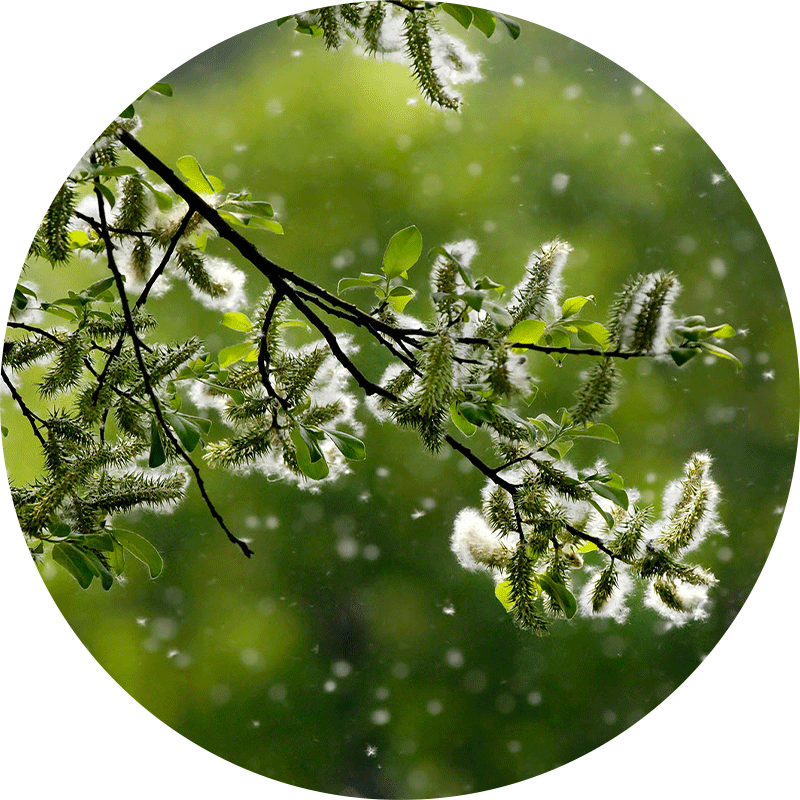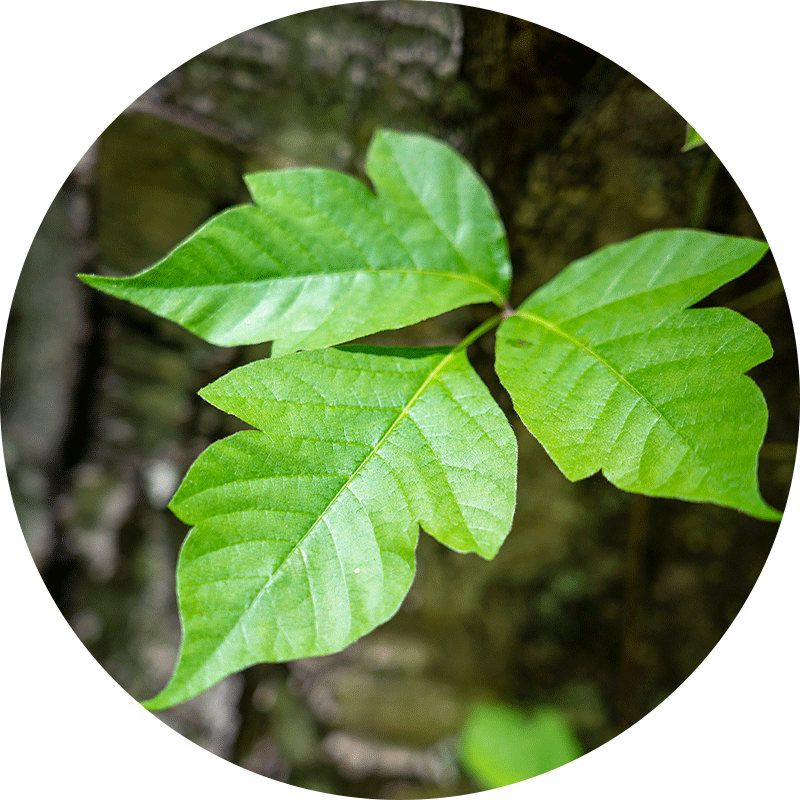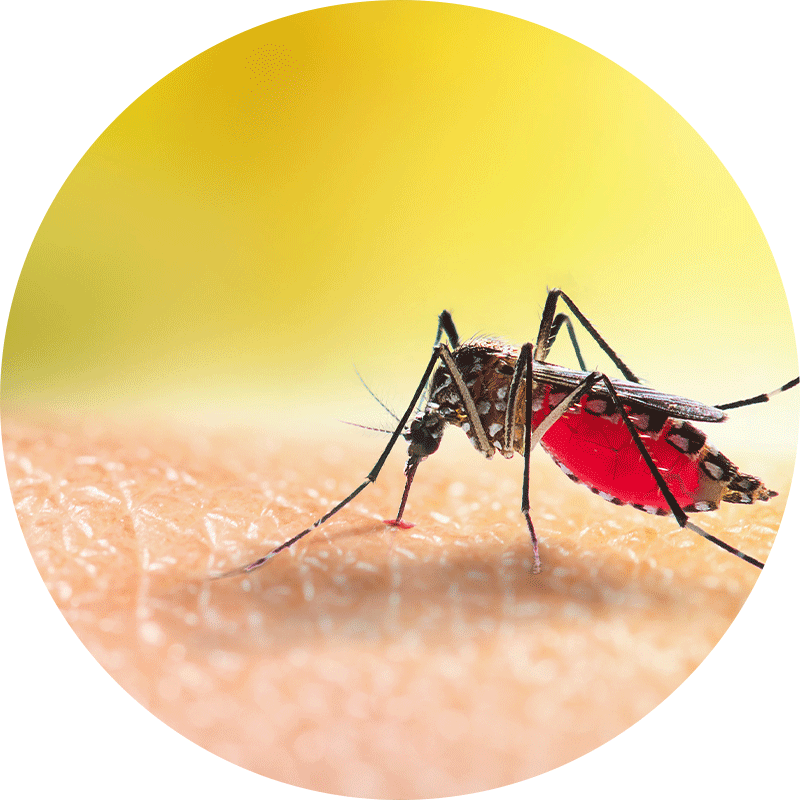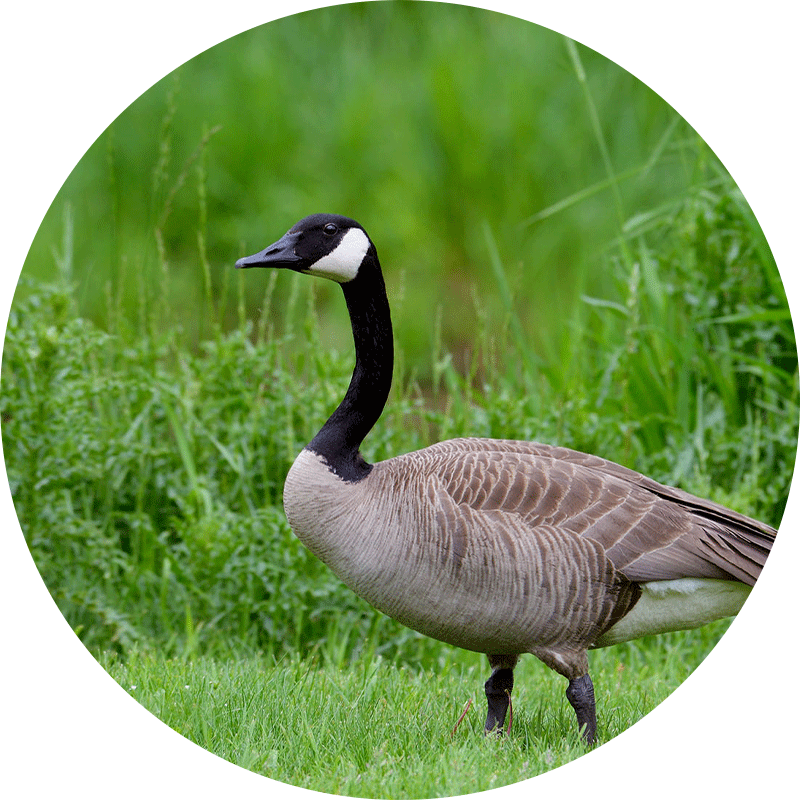lens
Climate Change Close to Home
 Jean Burns
Jean Burns
Abundant tree pollen, flourishing poison ivy and more biting insects—all are signs of climate change in your backyard. Jean Burns, PhD, an associate professor of biology at Case Western Reserve, showed Think the evidence behind her own home and others.

POLLEN
New research shows that the release of tree pollen starts earlier, lasts longer and results in 21% more pollen generated than 30 years ago.
“That’s a direct consequence of a warmer climate,” Burns said, and can make seasonal allergies more miserable.

POISON IVY
Poison ivy thrives when the air contains more carbon dioxide—a leading cause of global warming. Some research indicates it grows 18 times faster than trees in such climates.

INVASIVE SPECIES
Warming climates produce “winners and losers,” said Burns, whose research indicates that invasive species, such as Rosa multiflora, a species of rose, thrive amid higher temperatures and further crowd out other species.

INSECTS
Yes, we’re seeing rising numbers of them. Mosquitos breed in standing water left by frequent, severe storms; while warmer weather allows more tick-carrying deer to survive.
 Photos: iStock.com
Photos: iStock.com
A TROUBLING MISMATCH
For millennia, certain insects and animals emerged from their winter homes to feed just as their plant food sources grew and matured in springtime weather. But now global warming has led to what’s called “a phenological mismatch,” with some species re-appearing to find their food sources already past bloom and unavailable.





